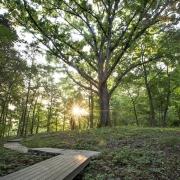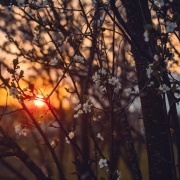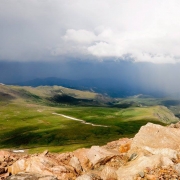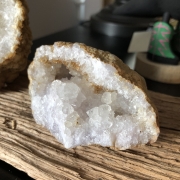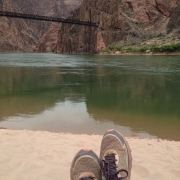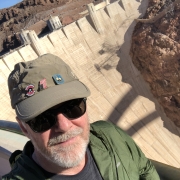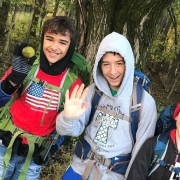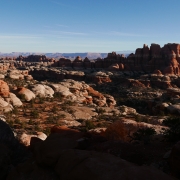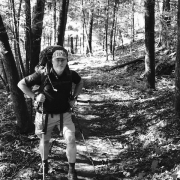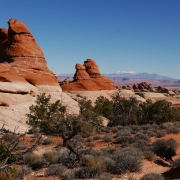Friday Waypoints- 5/10/19
Mindfulness and Teens I confess. I’m a novice in Mindfulness practices. I’ve practiced a “Zen” lifestyle for many, many years. That has involved a lifestyle that “simply experiences” rather than analyzes events and people in my life. It has involved utilizing my “peripheral vision,” something akin to intuition to navigate the journey that I’m on….

